| View previous topic :: View next topic |
| Author |
Message |
blotafton


Joined: 08 Aug 2013
Posts: 1636
Location: Sweden
|
 Posted: Mon Aug 19, 2024 11:08 am Post subject: Kodak Ektar 47mm f2 first shots Posted: Mon Aug 19, 2024 11:08 am Post subject: Kodak Ektar 47mm f2 first shots |
 |
|
blotafton wrote:
I got this lens recently from a broken Retina camera. There is just one issue. I having a really hard time removing it from the board it is mounted on so here is a few freelensing shots.
I've had a few close calls destroying the rear element with my tools slipping already  . Anyway it has a really nice character. . Anyway it has a really nice character.
The forum is buggy again and I had to switch browser to be able to post this.
Taken with a Sony A7, raw with boosted contrast curves.
#1
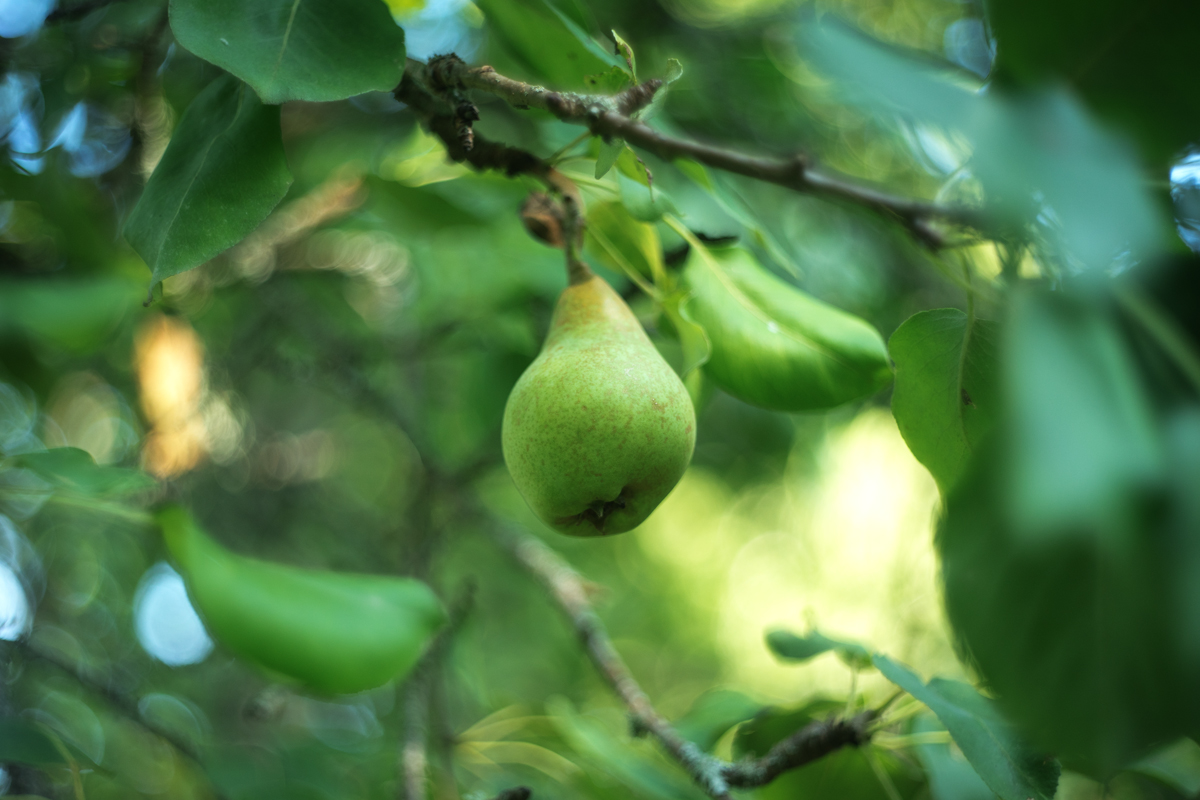
#2

#3
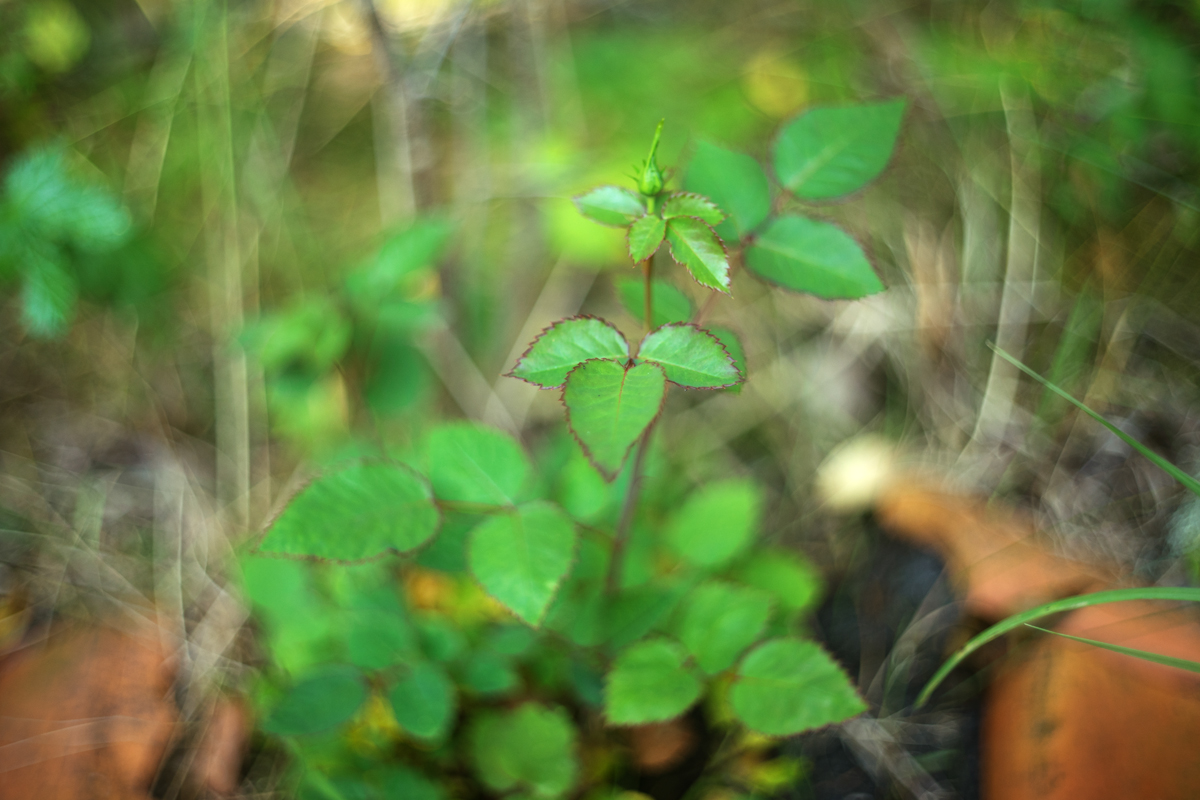
#4

#5

#6

#7
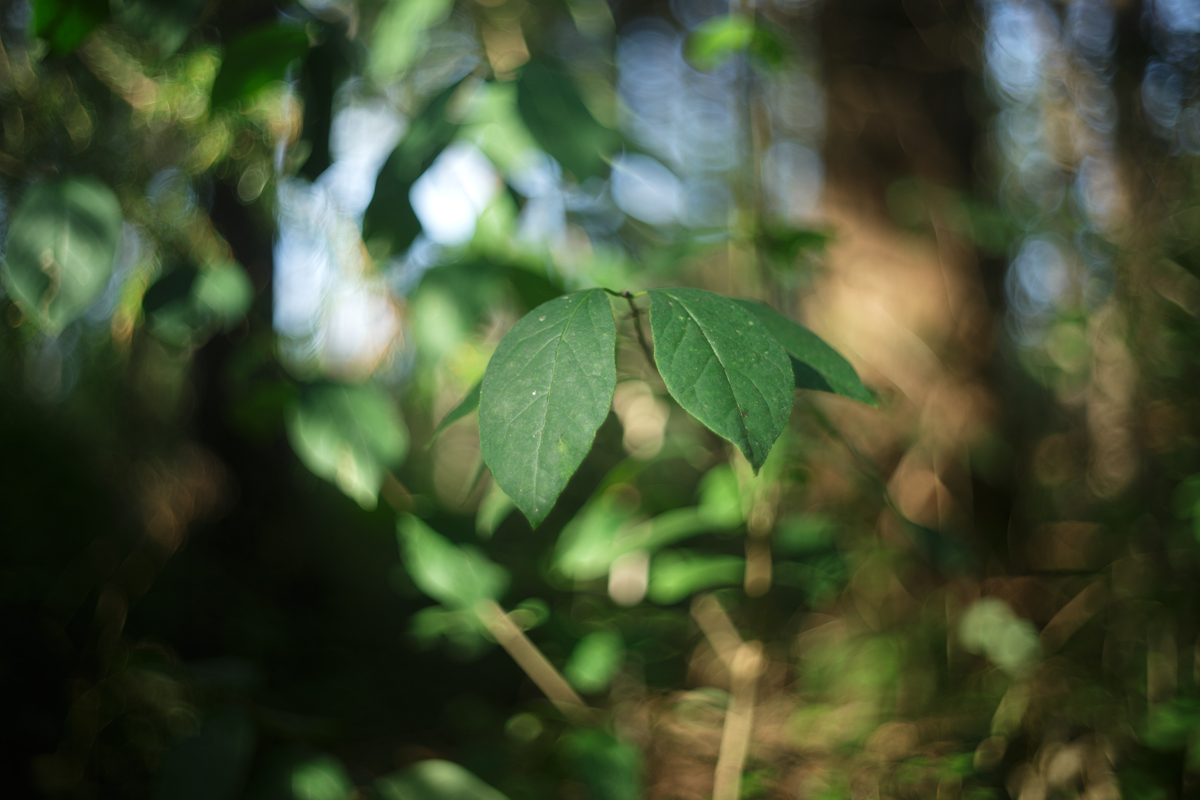
#8

#9

#10

#11

#12

#13
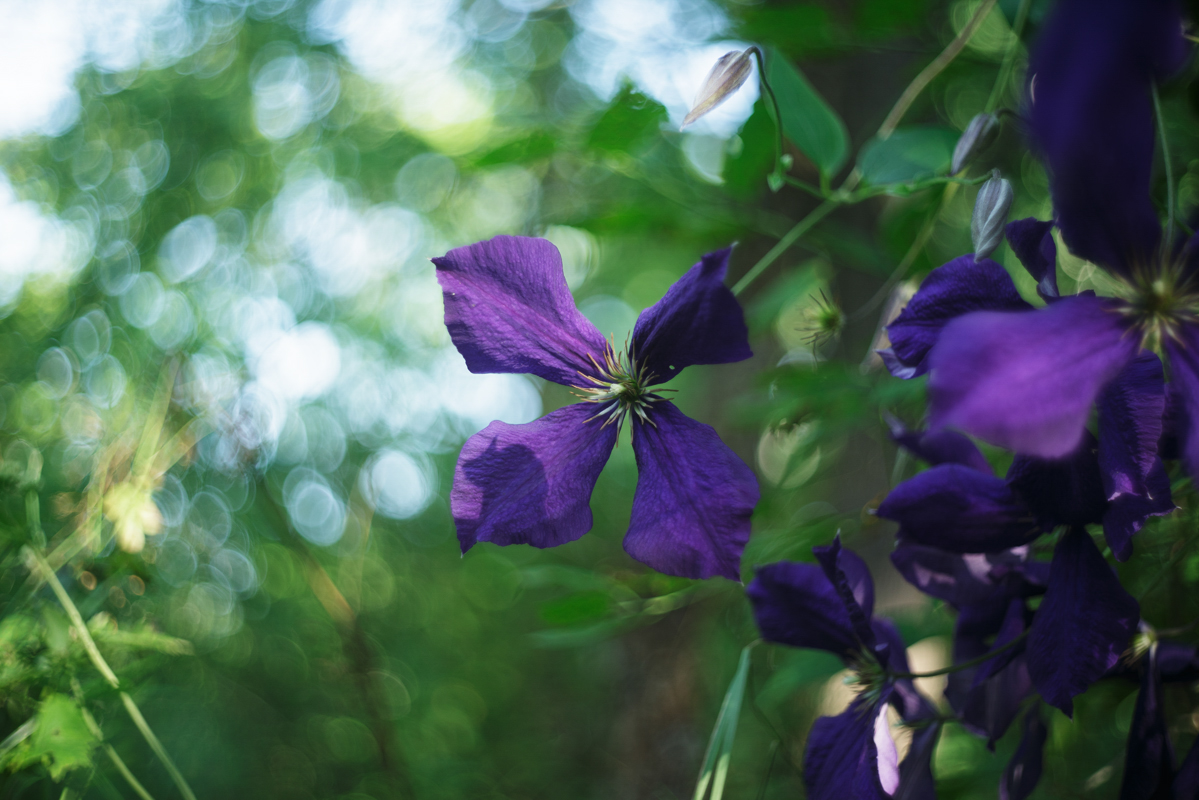 |
|
| Back to top |
|
 |
kds315*


Joined: 12 Mar 2008
Posts: 16663
Location: Weinheim, Germany
Expire: 2021-03-09
|
 Posted: Mon Aug 19, 2024 11:28 am Post subject: Posted: Mon Aug 19, 2024 11:28 am Post subject: |
 |
|
kds315* wrote:

_________________
Klaus - Admin
"S'il vient a point, me souviendra" [Thomas Bohier (1460-1523)]
http://www.macrolenses.de for macro and special lens info
http://www.pbase.com/kds315/uv_photos for UV Images and lens/filter info
https://www.flickr.com/photos/kds315/albums my albums using various lenses
http://photographyoftheinvisibleworld.blogspot.com/ my UV BLOG
http://www.travelmeetsfood.com/blog Food + Travel BLOG
https://galeriafotografia.com Architecture + Drone photography
Currently most FAV lens(es):
X80QF f3.2/80mm
Hypergon f11/26mm
ELCAN UV f5.6/52mm
Zeiss UV-Planar f4/60mm
Zeiss UV-Planar f2/62mm
Lomo Уфар-12 f2.5/41mm
Lomo Зуфар-2 f4.0/350mm
Lomo ZIKAR-1A f1.2/100mm
Nikon UV Nikkor f4.5/105mm
Zeiss UV-Sonnar f4.3/105mm
CERCO UV-VIS-NIR f1.8/45mm
CERCO UV-VIS-NIR f4.1/94mm
CERCO UV-VIS-NIR f2.8/100mm
Steinheil Quarzobjektiv f1.8/50mm
Pentax Quartz Takumar f3.5/85mm
Carl Zeiss Jena UV-Objektiv f4/60mm
NYE OPTICAL Lyman-Alpha II f1.1/90mm
NYE OPTICAL Lyman-Alpha I f2.8/200mm
COASTAL OPTICS f4/60mm UV-VIS-IR Apo
COASTAL OPTICS f4.5/105mm UV-Micro-Apo
Pentax Ultra-Achromatic Takumar f4.5/85mm
Pentax Ultra-Achromatic Takumar f5.6/300mm
Rodenstock UV-Rodagon f5.6/60mm + 105mm + 150mm
|
|
| Back to top |
|
 |
simple.joy


Joined: 30 May 2022
Posts: 644
|
 Posted: Mon Aug 19, 2024 12:38 pm Post subject: Re: Kodak Ektar 47mm f2 first shots Posted: Mon Aug 19, 2024 12:38 pm Post subject: Re: Kodak Ektar 47mm f2 first shots |
 |
|
simple.joy wrote:
| blotafton wrote: |
I got this lens recently from a broken Retina camera. There is just one issue. I having a really hard time removing it from the board it is mounted on so here is a few freelensing shots.
I've had a few close calls destroying the rear element with my tools slipping already  . Anyway it has a really nice character. . Anyway it has a really nice character.
The forum is buggy again and I had to switch browser to be able to post this.
Taken with a Sony A7, raw with boosted contrast curves.
#1

#5

#12

|
Wonderful shots - seems to be a really great lens! Congrats.
_________________
---
Manual lens enthusiast
https://www.flickr.com/photos/simple_joy/ |
|
| Back to top |
|
 |
blotafton


Joined: 08 Aug 2013
Posts: 1636
Location: Sweden
|
 Posted: Mon Aug 19, 2024 4:28 pm Post subject: Re: Kodak Ektar 47mm f2 first shots Posted: Mon Aug 19, 2024 4:28 pm Post subject: Re: Kodak Ektar 47mm f2 first shots |
 |
|
blotafton wrote:
| simple.joy wrote: |
| blotafton wrote: |
I got this lens recently from a broken Retina camera. There is just one issue. I having a really hard time removing it from the board it is mounted on so here is a few freelensing shots.
I've had a few close calls destroying the rear element with my tools slipping already  . Anyway it has a really nice character. . Anyway it has a really nice character.
The forum is buggy again and I had to switch browser to be able to post this.
Taken with a Sony A7, raw with boosted contrast curves.
|
Wonderful shots - seems to be a really great lens! Congrats. |
Thanks!
I have to give credit to Toby Marshall for making me go looking for one!
He has taken some very fine shots in this gallery: https://toby-marshall.com/galleries/bokeh-tales/kodak-ektar-47mm-f2-0/# |
|
| Back to top |
|
 |
alex ph

Joined: 16 Mar 2013
Posts: 1674
|
 Posted: Tue Aug 20, 2024 5:51 am Post subject: Posted: Tue Aug 20, 2024 5:51 am Post subject: |
 |
|
alex ph wrote:
Impressive rendering. The bokeh looks in some way similar to the old Schneider Xenon, but more articulated. Thanks for sharing. |
|
| Back to top |
|
 |
blotafton


Joined: 08 Aug 2013
Posts: 1636
Location: Sweden
|
 Posted: Tue Aug 20, 2024 12:56 pm Post subject: Posted: Tue Aug 20, 2024 12:56 pm Post subject: |
 |
|
blotafton wrote:
| alex ph wrote: |
| Impressive rendering. The bokeh looks in some way similar to the old Schneider Xenon, but more articulated. Thanks for sharing. |
Yes I agree. The bokeh shape and stronger outlining also reminds me of the Auto Yashinon 5cm f/2. I really wonder why no Chinese company has made a lens like that yet. (Except for the LLL Cooke Speed Panchro 50mm f2 replica.) I want one but it's a bit expensive. |
|
| Back to top |
|
 |
BrianSVP


Joined: 09 Jun 2023
Posts: 354
Location: Philadelphia
|
 Posted: Tue Aug 20, 2024 1:23 pm Post subject: Posted: Tue Aug 20, 2024 1:23 pm Post subject: |
 |
|
BrianSVP wrote:
| alex ph wrote: |
| Impressive rendering. The bokeh looks in some way similar to the old Schneider Xenon, but more articulated. Thanks for sharing. |
I once did a side-by-side comparison of this lens, the Xenon 50/2, and the Rodenstock Heligon 50/2 all pulled from Retina IIs mounted on tubes on a Lumix S5.
The results were quite similar for all the lenses, not at all shockingly, considering Kodak used them pretty much interchangeably on the same camera model. They all were very nice performers for 1940s designs and all produced pretty wild bokeh. I believe they're all 6 element/4 group Double-Gausses. The Kodak tends to render a little warmer than the German lenses.
The excessive prices on the Heligon model in the U.S. (it's much more common in Europe) and the Ektar model seem to stem almost entirely from their rarity rather than any inherent superiority in design/performance. The Ektar was also used in L39 on the extremely rare (<6000 units, mostly sold to the military) American-made Kardon Leica IIIa clone produced during WWII, which gives it a bit of a unicorn reputation among collectors.
If you're going for ease-of-use in adapting and economy, the best solution IMO would probably be the Xenon 50mm f/1.9 DKL mount version, which is also a 6/4 and renders very similarly to all of the aforementioned integrated lenses. If you get the later version sold with the Instamatic Reflexes without the moving DOF scale indicators, it focuses substantially closer than the earlier "Retina-Xenon" version. The Instamatic version is also a lot less inclined to dented front barrels. Nice condition examples are widely available on eBay for $100-$150, and you don't have to tear apart the camera to use it.
There's also various Exakta mount versions of the Xenon, some of which have the advantage of loads of up to 18 blades, but they are almost always gummed up and are a royal pain to service, so they are IMO best avoided in less you want a very frustrating challenge repairing it yourself or are willing to pay for an expensive repair by a tech. |
|
| Back to top |
|
 |
BrianSVP


Joined: 09 Jun 2023
Posts: 354
Location: Philadelphia
|
 Posted: Tue Aug 20, 2024 1:50 pm Post subject: Posted: Tue Aug 20, 2024 1:50 pm Post subject: |
 |
|
BrianSVP wrote:
| blotafton wrote: |
| alex ph wrote: |
| Impressive rendering. The bokeh looks in some way similar to the old Schneider Xenon, but more articulated. Thanks for sharing. |
Yes I agree. The bokeh shape and stronger outlining also reminds me of the Auto Yashinon 5cm f/2. I really wonder why no Chinese company has made a lens like that yet. (Except for the LLL Cooke Speed Panchro 50mm f2 replica.) I want one but it's a bit expensive. |
I've used both, and while there are some similarities in the bokeh outlines, I find the Yashinon f/2 to render much cooler with noticeably higher global contrast and microcontrast than the Kodak. To my eye, the Kodak's overall look was a lot more similar to the Auto Yashinon 5.5cm f/1.8, another 6e/4g Double Gauss, which has a bit softer bokeh highlight edges on extreme closeups but otherwise performs very similarly in color and tone rendition.
Incidentally, the LLL Speed Panchro "clone" appears to be a bog standard 7-element design very similar to most 70's/80's fast 50mm primes like the later Super Takumars, whereas the original Cookes were less-corrected 6 element lenses, so YMMV when trying to get this kind of look with that lens, with the admitted caveat that I've never tried the LLL lens myself. |
|
| Back to top |
|
 |
blotafton


Joined: 08 Aug 2013
Posts: 1636
Location: Sweden
|
 Posted: Wed Aug 21, 2024 9:43 am Post subject: Posted: Wed Aug 21, 2024 9:43 am Post subject: |
 |
|
blotafton wrote:
| BrianSVP wrote: |
| blotafton wrote: |
| alex ph wrote: |
| Impressive rendering. The bokeh looks in some way similar to the old Schneider Xenon, but more articulated. Thanks for sharing. |
Yes I agree. The bokeh shape and stronger outlining also reminds me of the Auto Yashinon 5cm f/2. I really wonder why no Chinese company has made a lens like that yet. (Except for the LLL Cooke Speed Panchro 50mm f2 replica.) I want one but it's a bit expensive. |
I've used both, and while there are some similarities in the bokeh outlines, I find the Yashinon f/2 to render much cooler with noticeably higher global contrast and microcontrast than the Kodak. To my eye, the Kodak's overall look was a lot more similar to the Auto Yashinon 5.5cm f/1.8, another 6e/4g Double Gauss, which has a bit softer bokeh highlight edges on extreme closeups but otherwise performs very similarly in color and tone rendition.
Incidentally, the LLL Speed Panchro "clone" appears to be a bog standard 7-element design very similar to most 70's/80's fast 50mm primes like the later Super Takumars, whereas the original Cookes were less-corrected 6 element lenses, so YMMV when trying to get this kind of look with that lens, with the admitted caveat that I've never tried the LLL lens myself. |
| BrianSVP wrote: |
| alex ph wrote: |
| Impressive rendering. The bokeh looks in some way similar to the old Schneider Xenon, but more articulated. Thanks for sharing. |
I once did a side-by-side comparison of this lens, the Xenon 50/2, and the Rodenstock Heligon 50/2 all pulled from Retina IIs mounted on tubes on a Lumix S5.
The results were quite similar for all the lenses, not at all shockingly, considering Kodak used them pretty much interchangeably on the same camera model. They all were very nice performers for 1940s designs and all produced pretty wild bokeh. I believe they're all 6 element/4 group Double-Gausses. The Kodak tends to render a little warmer than the German lenses.
The excessive prices on the Heligon model in the U.S. (it's much more common in Europe) and the Ektar model seem to stem almost entirely from their rarity rather than any inherent superiority in design/performance. The Ektar was also used in L39 on the extremely rare (<6000 units, mostly sold to the military) American-made Kardon Leica IIIa clone produced during WWII, which gives it a bit of a unicorn reputation among collectors.
If you're going for ease-of-use in adapting and economy, the best solution IMO would probably be the Xenon 50mm f/1.9 DKL mount version, which is also a 6/4 and renders very similarly to all of the aforementioned integrated lenses. If you get the later version sold with the Instamatic Reflexes without the moving DOF scale indicators, it focuses substantially closer than the earlier "Retina-Xenon" version. The Instamatic version is also a lot less inclined to dented front barrels. Nice condition examples are widely available on eBay for $100-$150, and you don't have to tear apart the camera to use it.
There's also various Exakta mount versions of the Xenon, some of which have the advantage of loads of up to 18 blades, but they are almost always gummed up and are a royal pain to service, so they are IMO best avoided in less you want a very frustrating challenge repairing it yourself or are willing to pay for an expensive repair by a tech. |
Interesting observations. Yes I've seen many Xenons and Heligons but only one Ektar. The rarity is a bit of the fun.
I have a non functional camera with a Heligon 50mm f2. I don't remember the model but it's not a Kodak.
DKL lenses are a good choice I agree. I have both a Xenon and Heligon 50mm f/1.9. The two Heligon copies I've come across had separation issues so the safest bet is the Xenon.
Isn't the Light Lens Lab Speed Panchro based on the original Series SP II 1940's design? I haven't tested it either but really like the photos from it. |
|
| Back to top |
|
 |
mouks
Joined: 22 Jun 2024
Posts: 35
Location: Switzerland
|
 Posted: Wed Aug 21, 2024 10:56 am Post subject: Posted: Wed Aug 21, 2024 10:56 am Post subject: |
 |
|
mouks wrote:
Wow, awesome colors and bokeh! |
|
| Back to top |
|
 |
blotafton


Joined: 08 Aug 2013
Posts: 1636
Location: Sweden
|
 Posted: Wed Aug 21, 2024 12:57 pm Post subject: Posted: Wed Aug 21, 2024 12:57 pm Post subject: |
 |
|
blotafton wrote:
| mouks wrote: |
| Wow, awesome colors and bokeh! |
Thanks! |
|
| Back to top |
|
 |
BrianSVP


Joined: 09 Jun 2023
Posts: 354
Location: Philadelphia
|
 Posted: Thu Aug 22, 2024 4:27 am Post subject: Posted: Thu Aug 22, 2024 4:27 am Post subject: |
 |
|
BrianSVP wrote:
| blotafton wrote: |
I have a non functional camera with a Heligon 50mm f2. I don't remember the model but it's not a Kodak.. |
Guessing an AGFA Karat? They used an optically identical Heligon. They also have a marked tendency to be "non-functional." 
| blotafton wrote: |
Isn't the Light Lens Lab Speed Panchro based on the original Series SP II 1940's design? I haven't tested it either but really like the photos from it. |
Based on what I've seen, the claim is pretty much a pure marketing gimmick. Double Gauss 50s are basically the most common and well-understood design there is. They all tend to perform well. A manufacturer that says they are taking a "classic" 6e 1940s design and "better correcting it" by adding elements like LLL does is essentially saying they are doing what all lens manufacturers did in the 70s and 80s. If you like the look, hey, cool,enjoy it! But there's no magic because it's supposedly based on a Cooke, when the same could just as legitimately be said about any post-1950s Double Gauss.
Here's the what a Cooke Speed Panchro looks like, a classic, nearly symmetrical 6 element design:
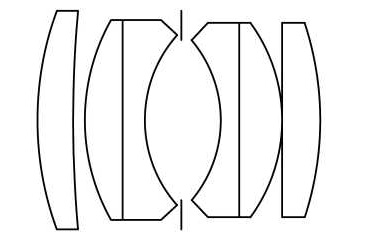
Here's what the LLL "Speed Panchro" looks like:

Here's a standard 1970s 7-element Super Tak:

[/img]
And a 1970's Nikkor 50mm f/1.4:

The Nikkor is virtually the same formula as the Panchro but with a with very minor curvatures added in the rear doublet an additional element at e6/7, so a pretty simple evolution. The Tak takes this evolution it a bit further with elements 2 and 3 air gapped and more strongly concave and convex curved inner surfaces at the doublet interfaces.
The LLL not only uses a similar e6 meniscus, but also uses meniscuses in all doublet positions, so a significantly further departure from the Panchro design than the Nikkor, and a similar level of changes as the Tak.
So yeah the real Panchro and LLL's lens are in the same general family, but the LLL is hardly a true clone in any meaningful sense of the word. |
|
| Back to top |
|
 |
blotafton


Joined: 08 Aug 2013
Posts: 1636
Location: Sweden
|
 Posted: Thu Aug 22, 2024 3:39 pm Post subject: Posted: Thu Aug 22, 2024 3:39 pm Post subject: |
 |
|
blotafton wrote:
| BrianSVP wrote: |
| blotafton wrote: |
I have a non functional camera with a Heligon 50mm f2. I don't remember the model but it's not a Kodak.. |
Guessing an AGFA Karat? They used an optically identical Heligon. They also have a marked tendency to be "non-functional." 
Found it, it's a Iloca Rapid II L
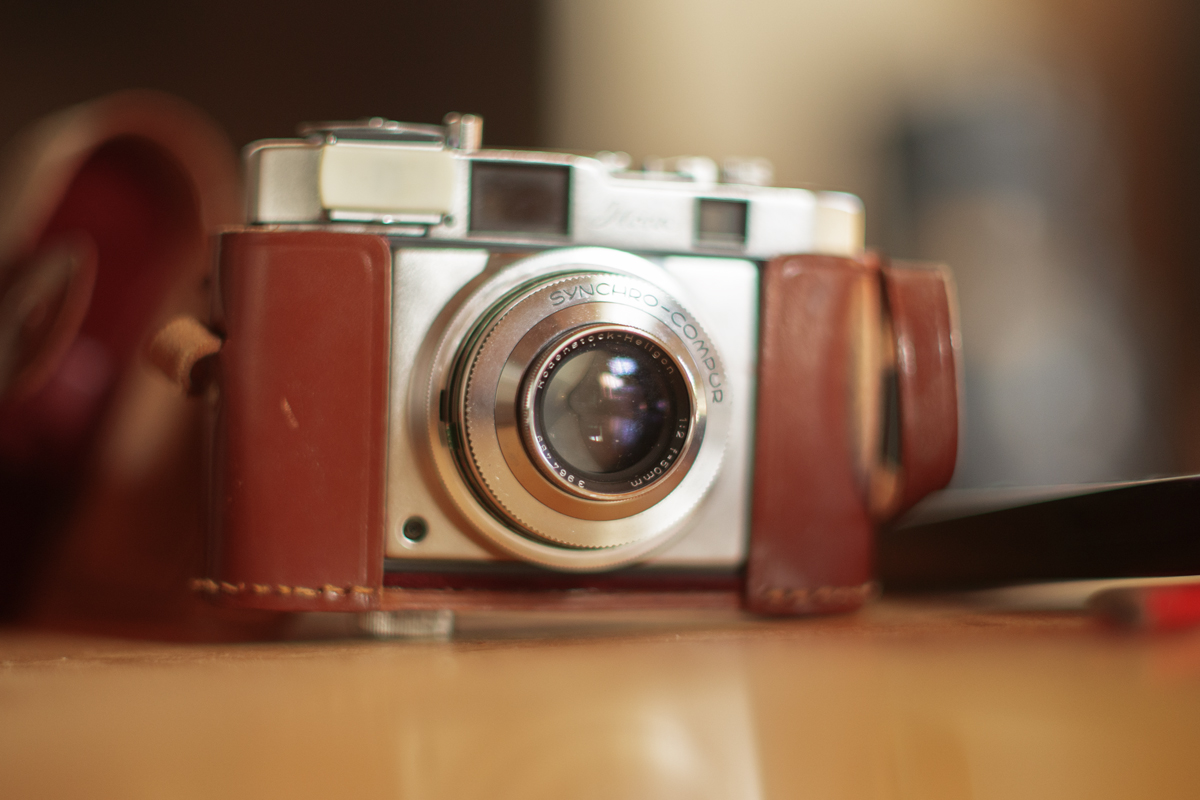
| blotafton wrote: |
Isn't the Light Lens Lab Speed Panchro based on the original Series SP II 1940's design? I haven't tested it either but really like the photos from it. |
Based on what I've seen, the claim is pretty much a pure marketing gimmick. Double Gauss 50s are basically the most common and well-understood design there is. They all tend to perform well. A manufacturer that says they are taking a "classic" 6e 1940s design and "better correcting it" by adding elements like LLL does is essentially saying they are doing what all lens manufacturers did in the 70s and 80s. If you like the look, hey, cool,enjoy it! But there's no magic because it's supposedly based on a Cooke, when the same could just as legitimately be said about any post-1950s Double Gauss.
Here's the what a Cooke Speed Panchro looks like, a classic, nearly symmetrical 6 element design:

Here's what the LLL "Speed Panchro" looks like:

Here's a standard 1970s 7-element Super Tak:

[/img]
And a 1970's Nikkor 50mm f/1.4:

The Nikkor is virtually the same formula as the Panchro but with a with very minor curvatures added in the rear doublet an additional element at e6/7, so a pretty simple evolution. The Tak takes this evolution it a bit further with elements 2 and 3 air gapped and more strongly concave and convex curved inner surfaces at the doublet interfaces.
The LLL not only uses a similar e6 meniscus, but also uses meniscuses in all doublet positions, so a significantly further departure from the Panchro design than the Nikkor, and a similar level of changes as the Tak.
So yeah the real Panchro and LLL's lens are in the same general family, but the LLL is hardly a true clone in any meaningful sense of the word. |
Yes I see the similarities to more modern 50mm f1.4. Even the bokeh shape reminds me of those lenses.
I'm trying to find lens schematics from the original Speed panchro's.
Here is a translated chinese page with with one of the versions supposedly having 7 element in 5 groups. But I'd like to find a better source. Do you know one?
(enter at your own risk)
https://www-photo--china-net.translate.goog/sinsaku/g1.html?_x_tr_sl=auto&_x_tr_tl=en&_x_tr_hl=sv&_x_tr_pto=wapp |
|
| Back to top |
|
 |
blotafton


Joined: 08 Aug 2013
Posts: 1636
Location: Sweden
|
 Posted: Thu Aug 22, 2024 3:45 pm Post subject: Posted: Thu Aug 22, 2024 3:45 pm Post subject: |
 |
|
blotafton wrote:
Screenshot from the page:
#1
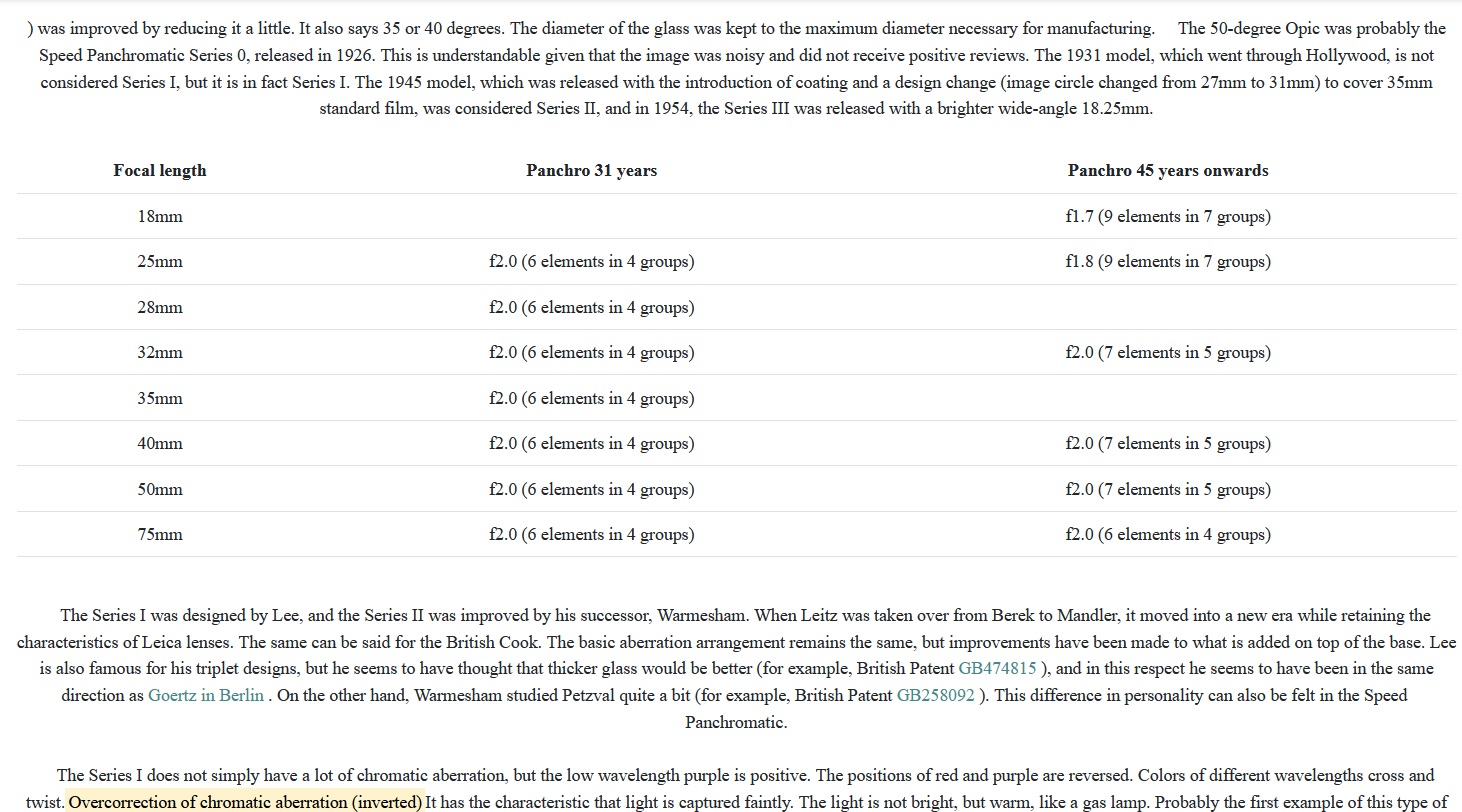 |
|
| Back to top |
|
 |
|
|
|
You cannot post new topics in this forum
You cannot reply to topics in this forum
You cannot edit your posts in this forum
You cannot delete your posts in this forum
You cannot vote in polls in this forum
|
